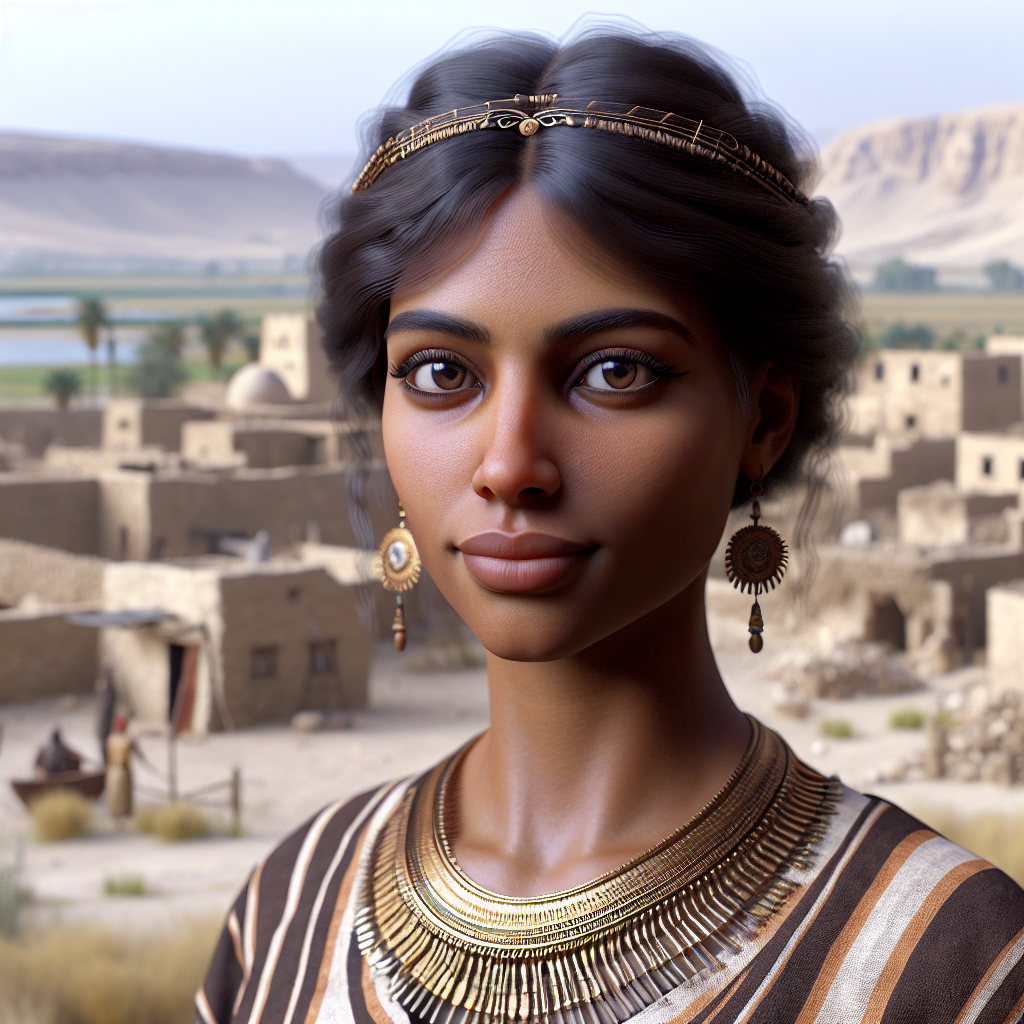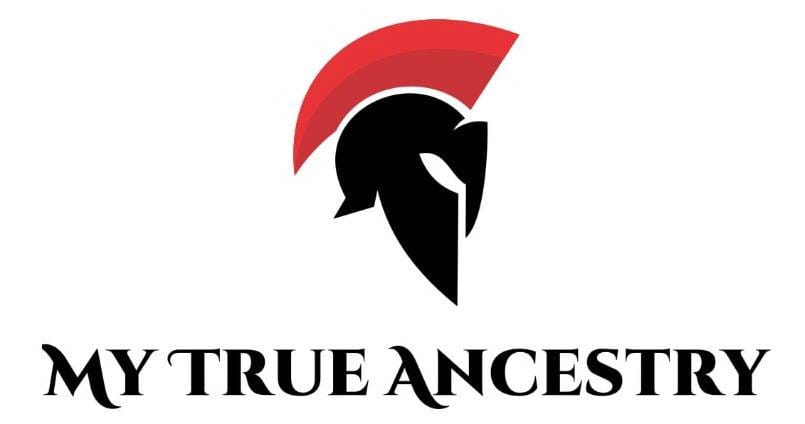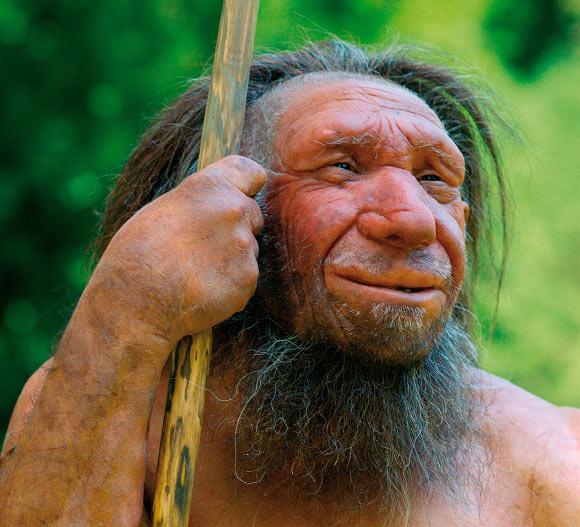Reconstructing the Past: Revealing the Genome of a 200,000-Year-Old Denisovan





An exceptional archaeological and genetic discovery has been made at Denisova Cave, nestled in the mystical Altai Mountains of Siberia. Here, researchers have unlocked the genetic secrets of a Denisovan man who walked the Earth around 200,000 years ago. This ancient individual, now designated as Denisova 25, offers a fascinating glimpse into the deep history of our enigmatic cousins long before modern humans were on the scene.
The Denisova Cave is a site of wonders where history sleeps beneath layers of earth. It is here that treasures like Denisova 25's molar lie in waiting, revealing tales of a small group of Denisovans who lived in Eastern Eurasia. Within the sedimentary deposits, hints of cultural and genetic mingling between Denisovans and Neandertals unfold. The discovery of a child with a Neandertal mother and a Denisovan father adds a layer of romance to this narrative of survival and cohabitation.
Archaeogenetics is rewriting what we know about identity and ancestry. Beyond curiosity, it offers a profound sense of continuity - a reminder that history is not only something we read, but something we carry. You can see your place in that continuum at MyTrueAncestry.com.
The molar from Denisova 25 was found in one of the deepest cultural layers of the South Chamber of Denisova Cave. Its characteristics, notably larger than Neandertal and many other ancient hominins, suggest the distinctive traits of the Denisovan lineage. This tooth, with its simpler structure compared to other Denisovans like Denisova 4, acts as a biological time capsule, revealing what the denizens of Denisova were like when mammoths roamed the land.
Remarkably, Denisovans were not a monolithic group, but instead a mosaic of diverse populations. The genetic revelations from Denisova 25 show intriguing interactions with Neandertals, confirming the existence of older lineage mingling. These insights provide a precious window into the flow of genes across ancient landscapes and hint at the survival tactics these early humans adopted.
In the remote and snowy reaches of Siberia, the tale of the Denisovans begins tantalizingly with a fragment of finger bone, known as Denisova 3, uncovered in the cave in 2008. From this, scientists reconstructed a high-quality genome that would become a map of interconnection between long-gone humans. The Denisova Cave has continued to yield its secrets, offering new insights with each layer of dirt and stone sifted through.
Denisova Cave's dusty walls are not only a Denisovan haunt but a sort of crossroads with the Neandertals. Despite shared geographical spaces, Denisovans remained a genetically distinct group, suggesting that the overlaps and minglings were limited, perhaps kept to certain contact zones within their mountainous abode. The genetic evidence reveals a world where early human groups crossed paths and genes, creating a complex tapestry of ancient relationships.
Fast forward thousands of years, and the imprints of these ancient encounters still flicker through the strands of DNA in modern humans. Oceanians and South Asians, intriguingly, carry Denisovan DNA, revealing a long-lost pathway they traversed, probably through the jagged terrains of South Asia. These genetic traces hint at an isolated group of Denisovans, deep in the recesses of the region, unseen but imprinting their legacy onto those who followed.
The study distinguishes at least three separate Denisovan ancestries present in modern humans. Oceanians, particularly the people of Papua New Guinea and Australia, showcase a tapestry of Denisovan influence in their DNA, suggesting a migration through South Asia far back in time. East Asians, however, carry a divergence in their genetic heritage, hinting at different migratory routes through the continent.
As you explore the genetic tapestries we all carry, Denisovans emerge as a crucial thread, wrapping around with strands not just of Neandertals but with strands from a mysterious "super-archaic" ancestor. The addition of Denisova 25's genetic blueprint enriches this narrative, allowing us to see clearer than ever how these ancient peoples interwove. Analysis of Denisova 25's DNA showcases a narrative of prehistoric encounters, carrying genetic signatures from not only other Denisovan populations, but also traces of Neanderthal ancestry, evidence of ancient liaisons that spanned thousands of years.
In 2020, under the layers of Denisova Cave's South Chamber, the molar designated as Denisova 25 was unearthed, dated to between 200 to 170 thousand years ago. This tiny tooth, larger than most other contemporary human species, hints at the impressive build of the Denisovans. Its simpler morphology shares similarities with the Harbin cranium of northeastern China, echoing a lineage long lost but newly found.
Denisova Cave provided a perfect archaeological puzzle, not just the remains of humans, but their life's story imprinted in dirt and stone. Mitochondrial and nuclear DNA analyses paint vivid portraits of movements and gene flows. Regions like Baishiya Karst Cave, high on the Tibetan Plateau, echo the presence of unique Denisovan fingerprints, showcasing a second Denisovan chapter running parallel in these lofty altitudes.
Interestingly, certain Denisovan-derived genetic features have persisted in modern humans, influencing not just physical traits but possibly also health and adaptation to high altitudes, as seen in Tibetans. The mingling of these lineages didn't dilute each group's distinctiveness, but rather enriched the genetic mosaic of ensuing generations. These Denisovan contributions point to once-isolated populations mingling with ancestral humans, with echoes still found in our genes today.
https://www.biorxiv.org/content/10.1101/2025.10.20.683404v1
Discover how your DNA connects to ancient civilizations at www.mytrueancestry.com.
Comments